The Hebrew Bible tells the story of Moses, a man who led the Exodus across the Red Sea to save hundreds of thousands of Jews from slavery and execution at the hands of the Egyptians. This is perhaps the first tale of mass evacuation that children get to know about in their religious scriptures, and it is certainly not the last. People still have to leave their ancestral homes, they have to run for their lives from the towns and cities they grew up in, they have to leave the country where generations of their family have lived and died. It happened thousands of years ago and is still happening all around the world. Humanity prizes itself for showing tremendous courage in the face of a travesty. What we forget is that it is more often than not us inflicting the pain and unimaginable cruelty on each other.
The more astounding thing is that we never really learn. We repeat the same crimes over and over again, to see if there are still any heroes amongst us; if people still have the strength to survive the worst of things. ‘The Red Sea Diving Resort’ focuses on the story of the Ethiopian Jews who had to flee their motherland from the fear of persecution, taking a journey through the desert, surviving starvation and disease to find their way to the promised land. If you haven’t yet seen the film, catch it on Netflix. SPOILERS AHEAD
Summary of the Plot

The story begins with two Mossad agents, Ari Levinson (Chris Evans) and Sammy Navon (Alessandro Nivola), helping Kebede Bimro (Michael K. Williams) smuggle a group of Ethiopians to the refugee camp in Sudan. When they are arrested by the Sudanese police, the agency decides to pull the plug on the operation and they are called back home. However, Ari refuses to let it go and comes up with an ingenious plan to get the Ethiopian Jews out of the refugee camps and allow the Israeli Navy to get them to Egypt. He proposes it to his superiors and all of them agree that it is an insane idea, but with no other option, they decide to greenlight it. The strategy is to use an abandoned diving resort as the base for operations and use its port to give an escape to the people.
To bring the plan to action, Ari brings together a team of individuals who are insane enough to take the assignment. This includes Rachel Reiter (Haley Bennett), Jacob Wolf (Michiel Huisman) and Max Rose (Alex Hassell). They strike a deal with the Sudanese government in the guise of a businessman. Their identities as Israeli and Jews remain a secret (considering the hostility of Sudan towards Israel at that time). They renovate the resort and even host tourists, all the while getting hundreds of refugees safely across the continent, every couple of days. Despite the success rate, they are not free of the danger. Soon, they come across a psychopathic Colonel Abdel Ahmed (Chris Chalk) who is suspicious of them and will jump at the first mistake they make. It is the matter of when, rather than if.
The Ethiopian Civil War
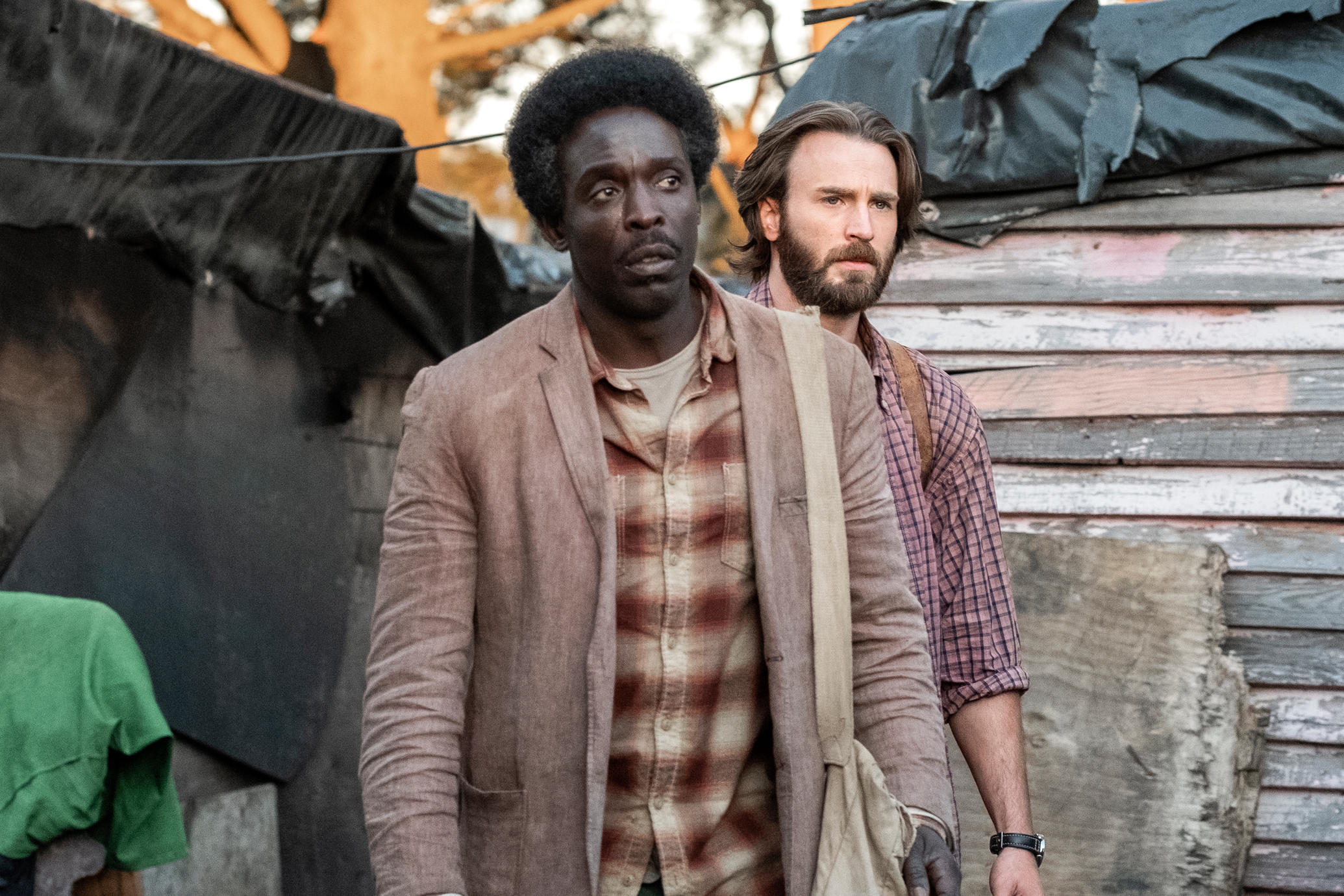
‘The Red Sea Diving Resort’ picks up the events in the middle of a war-ravaged Ethiopia. Even when we get the basic idea of what the film is about, we are not given a full picture of what is actually happening in the country and how dangerous this mission really is. For those who know the history of Ethiopia, or are aware of the Ethiopian Civil War, it is easier to grasp the urgency of the mission. If you don’t know what I am talking about, then here is a condensed version of the events.
The Ethiopian Empire, which also included now-independent Eritrea, was an absolute monarchy that held the seat of power since 1270. In 1974, a Soviet-backed Communist military regime overthrew the monarchs and took over the reign. While the freedom from the previous rulers was a relief, the new government wasn’t so good either. As famine, economic decline and prevalent crime ate away Ethiopia, the left-wing anti-communists, supported by the UN, rose up to voice their dissent and unacceptance. Meanwhile, the Eritrean War of Independence was gaining momentum, and the government’s brutal ways to quash it made the public sympathetic with the rebellions.
The Beginning of the Exodus
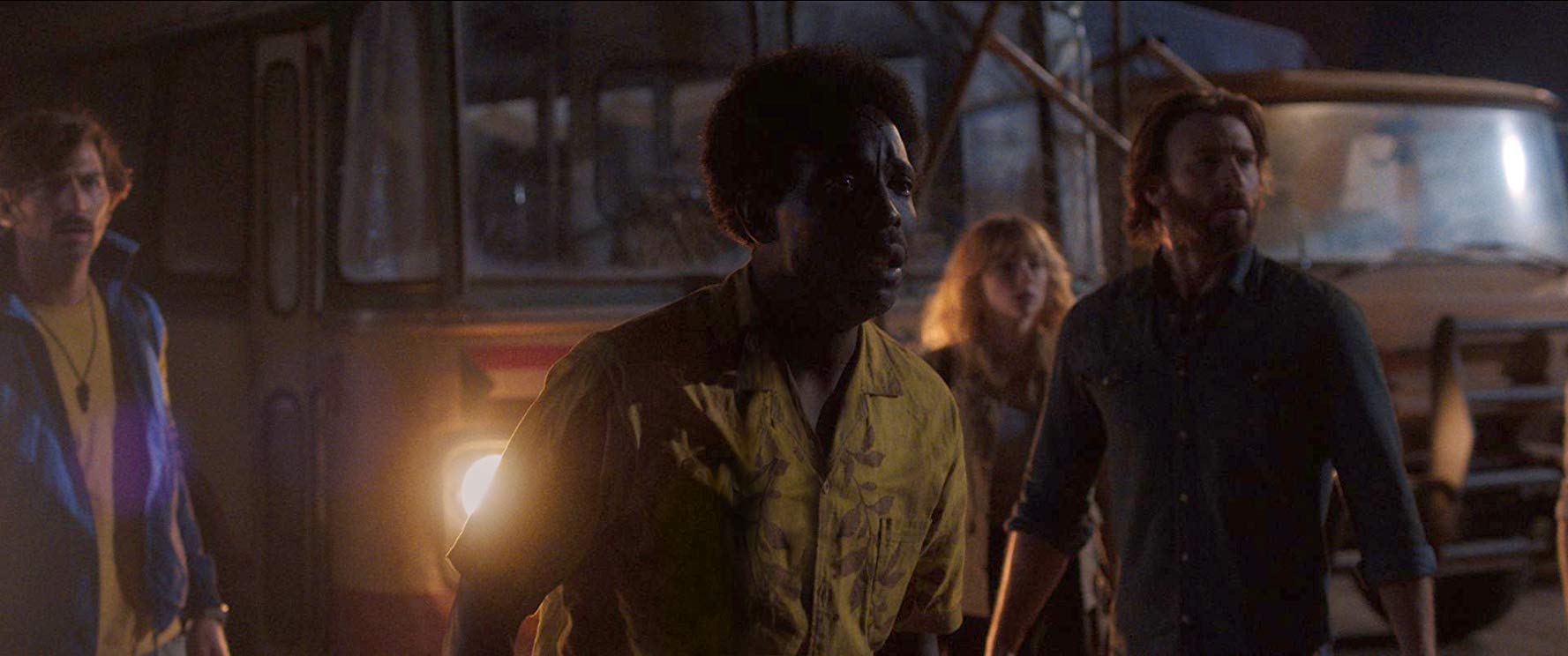
The state of unrest in Ethiopia led many people to emigrate to the neighbouring countries in order to ensure their survival. Israel, due to its soft-spot for the Jews and the policy that allows Jews from all over the world to find a haven there (according to The Law of Return passed on July 5, 1650), attracted many Ethiopian Jews towards it. Understanding the dire circumstances in which their brothers were trying to survive, Israel decided to pull its weight and, in 1977, stuck a deal with the Ethiopian government. According to this, they would allow Ethiopian Jews to leave the country through airlifts in return for heavy arms. The deal worked wonderfully, for a year! In February 1978, Israel’s then-foreign minister, Moshe Dayan, gave away the plan to the media. This revelation angered Ethiopian leaders. In response, they not only broke the deal but also started picking out Jews and another genocide began.
While any normal Jew would have to bear the brunt of this hatred, the main targets were the activists involved in getting the Ethiopians out of the country. One of them was Farede Yazazao Aklum. It is he who served as the inspiration for Williams’ character, Kebede Bimro. Scared for his life, Aklum fled to Khartoum, the capital of Sudan, crossing the desert barefoot with nothing but a small diary in his hand. Even in such trying times, he wasn’t thinking about the fact that there was a price on his head and that if they found him or his family, death would be a reprieve. His thoughts and concerns were with the people he had left behind in Sudan, wondering how he could get them out. On reaching Khartoum, he found that the refugee camps were full of people running from the war. He thought back to the journey he had made through the desert and realised that the people who want to escape the hellish conditions of Sudan could do the same.
The first thing he did was contact his liaison in the Mossad, the people with whom he had collaborated during the airlifts. He got Danny Limor, the man whom Chris Evans portrays in the form of Ari Levinson. (Limor also served as the script consultant for the movie.) He wrote a letter, telling them how they could save all those people and beseeching them to come back and finish what they started. But more than the support of Israel, Aklum knew he needed to the support of the Ethiopians. The real test was now- convincing thousands of people to leave the comfort of their homes and take an arduous journey, placing their faith in the government thousand miles away from their own. He wrote a letter to each and every village, reminding people of the journey Moses took, telling them to come together and do it again so that they can finally set foot on the holy land of Jerusalem.
Aklum’s words resonated with the people and they agreed to follow him wherever he would take them. In this way, thousands of Ethiopian Jews found their way to the refugee camps in Sudan. The question now was to how to get them to Israel.
Is Red Sea Diving Resort Based on a True Story? How Close is it to Reality?
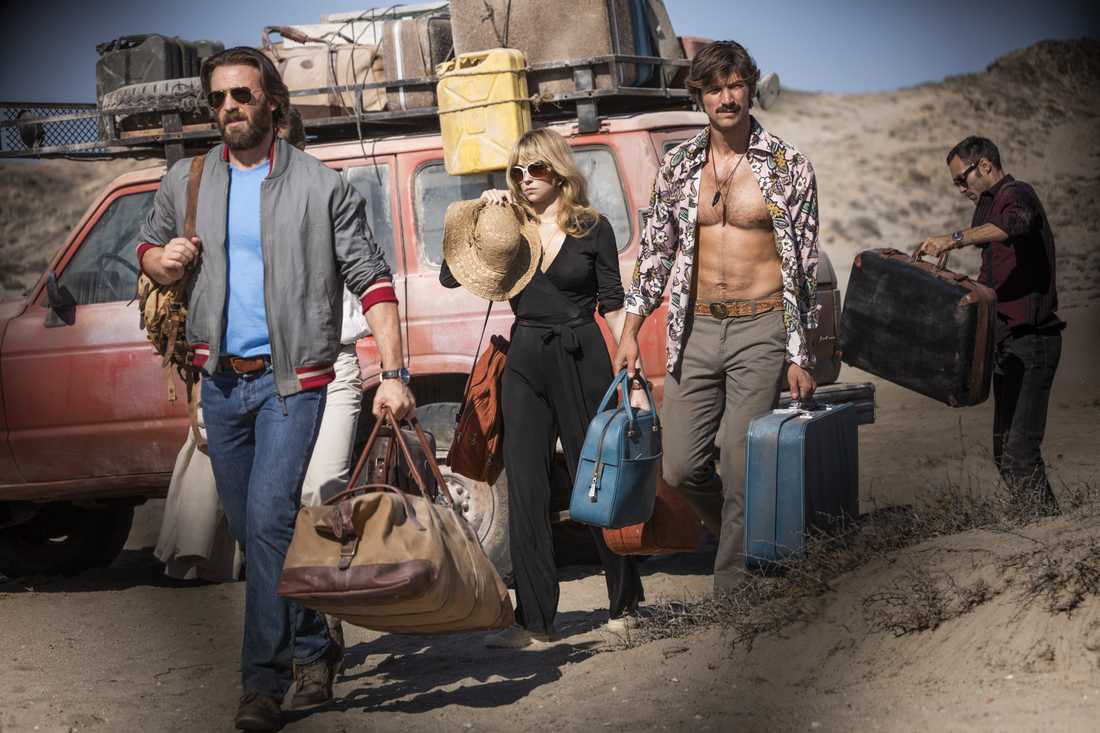
For a mission that took place over the course of five years, ‘The Red Sea Diving Resort’ does a decent job of covering it in a span of two hours. This means that the writers had to take some heavy creative licences and distort the events just enough to turn it into a thrilling movie. Here are some of the facts that were warped to give way to fiction.
First off, let’s call the Resort by its real name, Arous Holiday Village. It was established by Italians who were promised the service of proper roads and electricity by the Sudan government. But when they failed to make good on that promise, the Italians, who were also repulsed by the dangerous political state of the country, decided to call quits on it and left. It was only a decade later that the government found a client willing to lease the place. Only, they were not really in the mood to just use it for hospitality. The resort opened in ‘81 and actually functioned a long time after its usage had been proved redundant by other grander operations. While we just see five agents in the film, in reality, there were a lot more.
The character of Rachel is a compilation of various female agents who served there, running the resort to keep the tourists around and maintain the cover. The agents were strictly told not to allow anyone to know of their religion or nationality, not even the people that they were saving. As far as the refugees were concerned, they were just European sympathisers working for the welfare of Jews. Despite their good job to keep their identities a secret, there were a few habits that threatened to blow their cover. One of the Canadian tourists identified their religious affiliations by noticing the way they sliced their salads! Fortunately, he decided to keep his mouth shut and nothing bad came out of it.
In the movie, the agents are shown to hurriedly leave the resort with 400 refugees, which makes us wonder what happened to the tourists! Don’t worry though. The evacuation didn’t happen this way in real life. In truth, the resort was functioning so well that it became profitable and the agents could use the money to get more trucks and other services. They even organised Christmas parties and hosted some high-profile people. With the fall of the government in the late 80s, the situation in Sudan became more volatile, which is when the agents were relieved of their duties and were escorted out safely.
The final scene of evacuation is adrenaline pumping, but it is not very real. The British airfield (with a tree in the middle of the runway) was used by the Mossad before they had to ask for the involvement of the CIA. Three successful flights had rescued refugees from there, but when the army became suspicious of the plan, they had to find another site for the airlifts. The makeshift place served for next 17 rescue missions.
Another scene that received a do-over was the last night-mission when the army and the Israeli Navy almost start a war. For the most part, it was true. They were sending people on the rafts when out of nowhere, the soldiers started firing at them. Once everyone was gone, Evans’s character comes out of hiding and starts scolding the soldiers for shooting the tourists. But unlike Col. Ahmed, the real head was intimidated by it, so he apologised and left. Ari and Sammy weren’t really arrested. But this incident did mark the end of the rescue by boat, and they had to turn towards the option of airlifts.
The Ending: Did They Go Back?
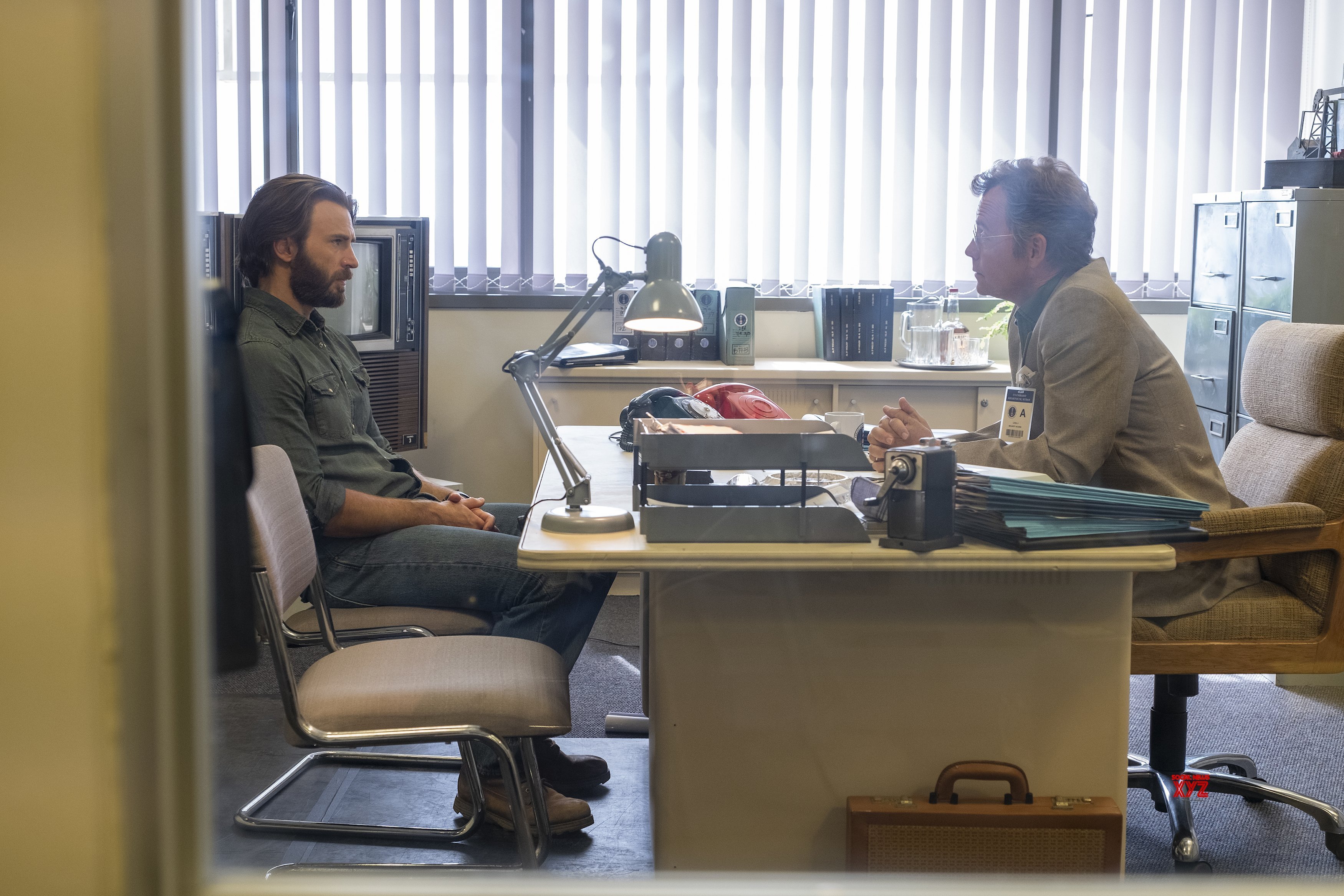
After the heavy struggle with the army, the agents succeed in getting the refugees out with the help of the CIA. After landing safely on Israel’s soil, Kabede tells Ari that there are still thousands of people who need their help. Ari assures him that they will go back for them. And they did. In fact, after the success of Operation Brothers, the Israeli government decided to go bolder and increase the outcome of their plans. They found the opportunity to do so when a famine struck Sudan. The government made a deal with the dictator and greenlit Operation Moses, under which more than 7000 people were airlifted in a matter of three months. But this agreement came to an end when the news was leaked to the media. But that wasn’t the end.
There were a couple of other operations that got a lot of Ethiopian Jews out. One of them was Operation Solomon that took place in the early 90s. Within 36 hours, the government had 34 flights airlift more than 14000 people. The seats were removed from the planes to extend the capacity by as much as they could. Even after rescuing so many people, there were still many waiting in the refugee camps. Their numbers got so overwhelming that the government was out of its wits on how to get them out. A lot of people died in the camps due to starvation and disease. Many lost their lives while making the journey from Ethiopia to Sudan.
Farede continued his work with the Mossad and died at the age of 60, only a few years back. After the collapse of Mengistu’s regime, a lot of refugees decided to go back home. Since then, more than one million Ethiopians have returned, not just from Sudan, but also from Somalia, Kenya and other neighbouring countries. Israel continues to be the haven for Jews, and by the end of 2008, more than a hundred thousand people of Ethiopian descent had Israeli citizenship.
Final Word
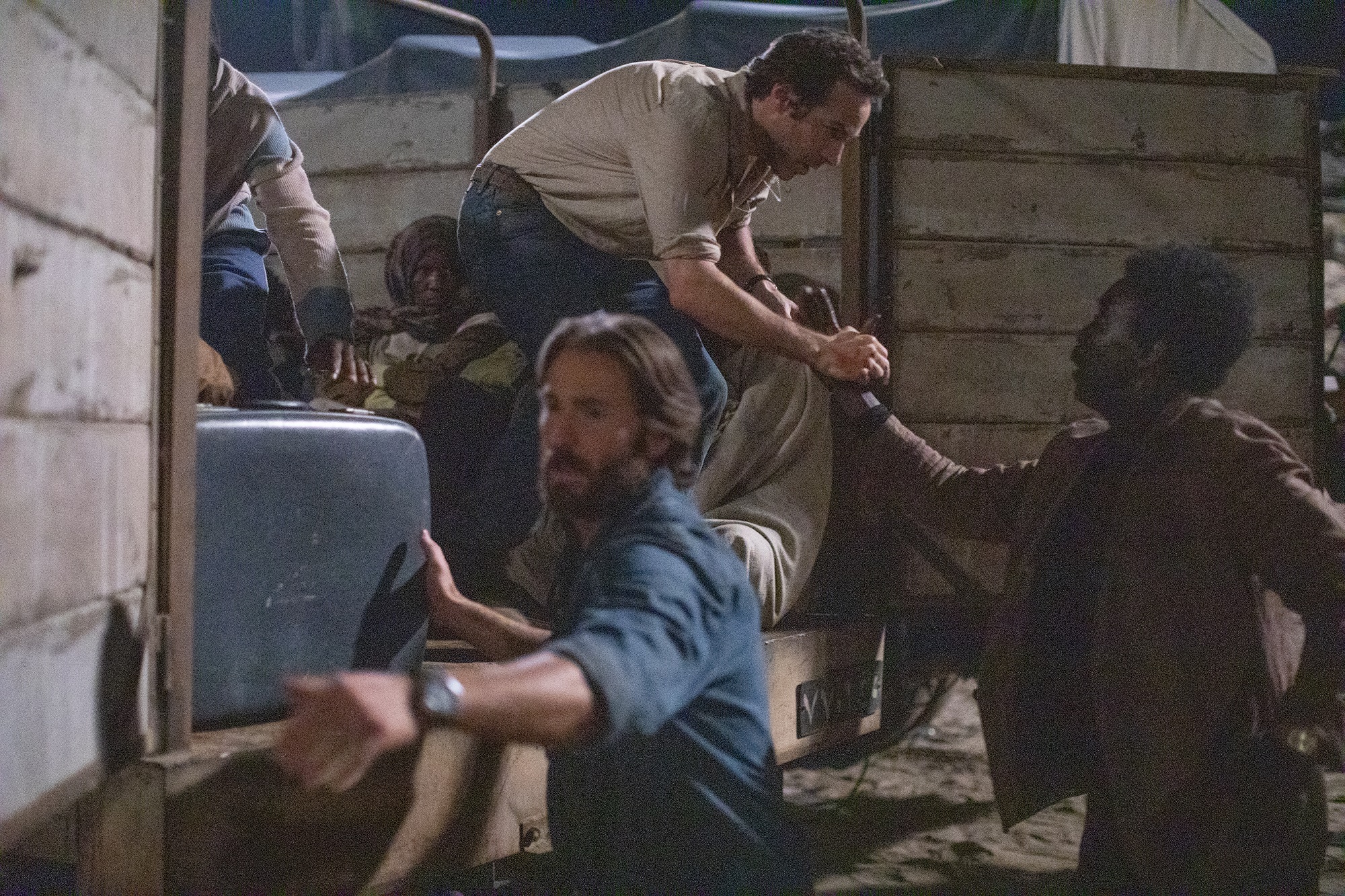
For the hundreds of stories that we know, there are thousands that we are completely unaware of. What we see in the news, read in the papers and hear through any other medium is just a small fraction of what is happening on the ground level. The story of ‘Operation Brothers’ is one such thing. The operation ran for five whole years and is responsible for the evacuation of thousands of Ethiopian Jews.
For a plan of this scale, the tale of such courage, and an ingenious plan that seems straight out of a Hollywood movie, how and why did it remain in the shadows for so long? The reason behind keeping it a secret was that the Mossad did not want to compromise the accessibility that the Resort gave them to the continent. The less the people knew about it, the more chances they had to keep it up and running in the good faith of the Sudanese government and employ it for future purposes if it ever comes to that. Moreover, even they had saved a great number of people, they knew that there were still a lot of people left behind and the Resort had to be up and running, if and when they needed to return to the mission.
In an almost poetic sense, the Red Sea, once again, became the passage for the liberation of thousands of Jews. For his impeccable service to the community, Aklum received the tag of “Little Moses” and is still considered the saviour by many people. While the movie seems more focused on covering the story from the perspective of the Mossad agents, the real stakes were for the Ethiopian populace who willingly let go of everything they ever had and placed their faith in their rescuers. Had the story been told from their perspective, or at least, from that of Kebede’s, maybe it would have hit us harder. For now, I guess, we should applaud it for bringing this story to everyone’s attention in the first place. ‘The Red Sea Diving Resort’ does a good job of covering the entirety of the operation in just over two hours, but we know that it could have been so much more.
Watching people huddle up in trucks, seeing children running from bullets when they should be playing chase with their friends, witnessing the massacre of hundreds of people in their own homeland makes us wonder if there is any difference between then and now, between the dark ages and the modern world? The movie might not have succeeded in hitting the mark it intended, but it does make you acknowledge the similar trials that a thousand more are going through right now. While the film makes us appreciate the effort the government put into getting all those people to safety, I hope it also reminds them exactly why they did so in the first place and what repercussions their current actions have on the lives of thousands of other people.
Read More in Explainers: The Son | Secret Obsession | Kidnapping Stella

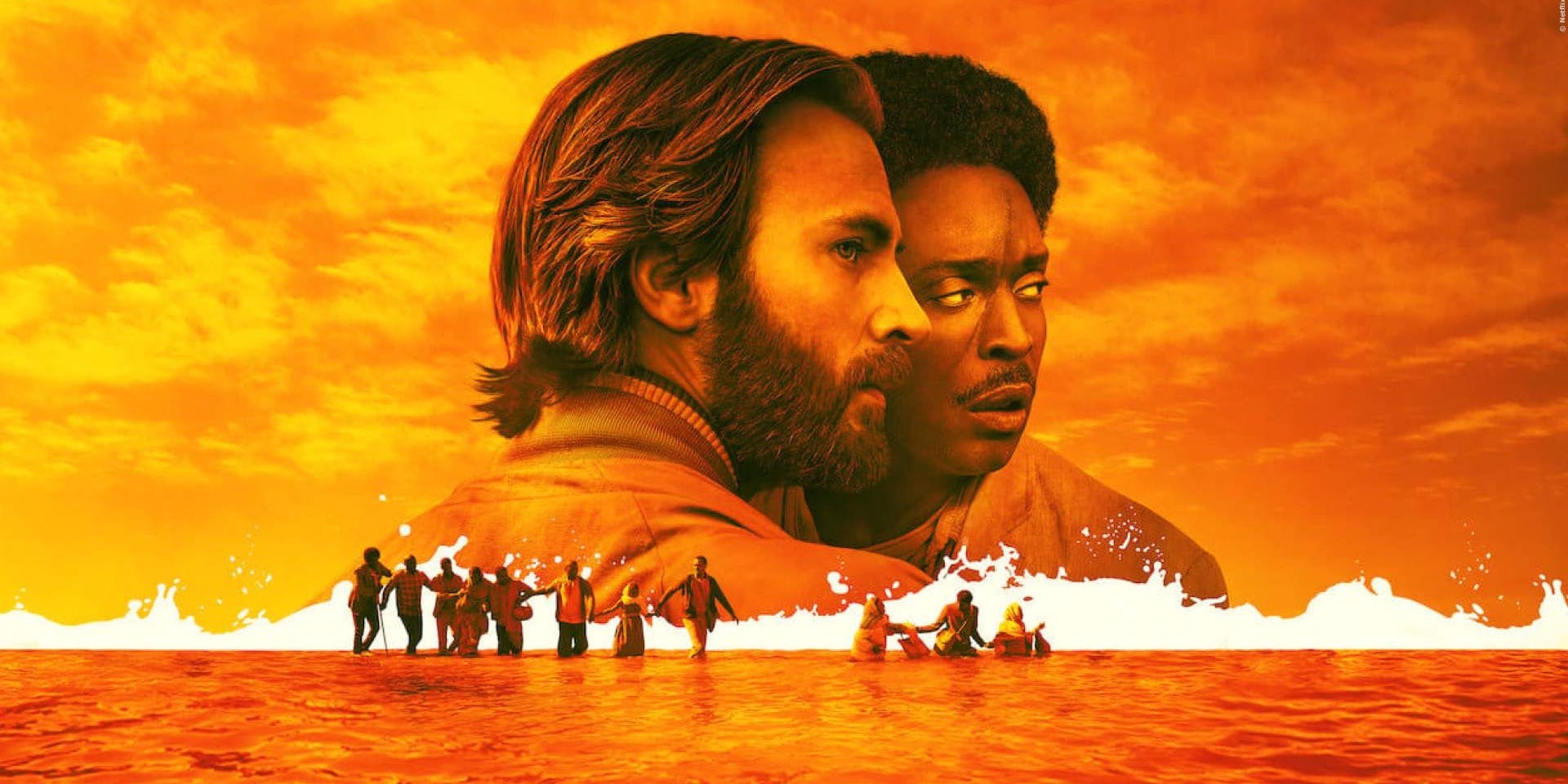
You must be logged in to post a comment.